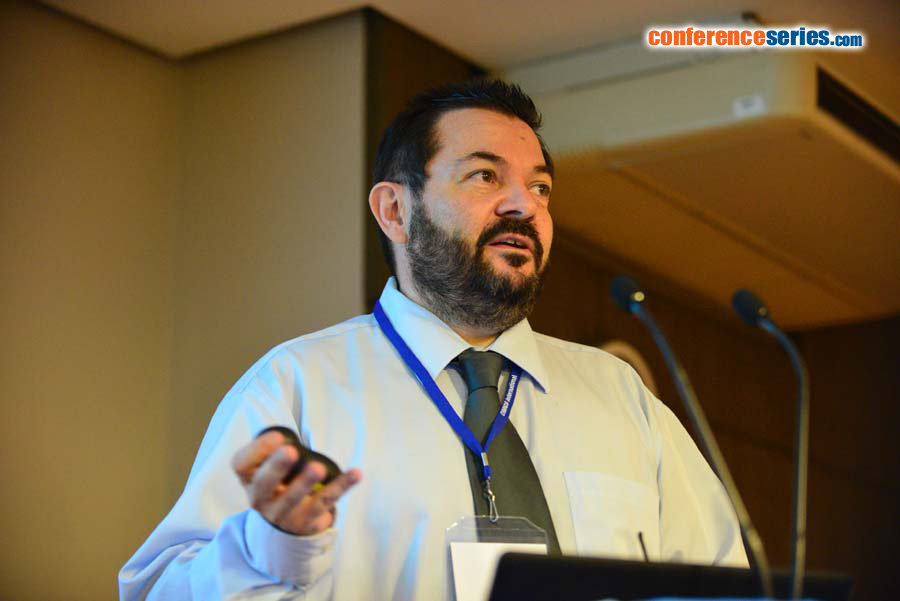
Biography
Biography: Olivier Sparagano
Abstract
The poultry red mite (PRM) Dermanyssus gallinae is a blood-feeding ectoparasite, well known as a threat to the poultry industry; adversely affecting production and hen health and welfare throughout the globe (with an average prevalence around 80-90% in many European countries and worldwide), both directly and through its role as a disease vector. The poultry red mite can feed and reproduce very quickly, difficult to be reached when control methods are used on farms or even in human dwellings. Veterinarians and medical practitioners are struggling to find appropriate prevention and control methods to reduce its impact. PRM can lower egg production, egg quality, animal welfare, profit margins and increase risks of disease transmission such as Salmonellosis. This paper will present the different biological, chemical and physical methods used to control such pest. However, acaricide resistance, new EU regulations (enriched cages and beak trimming for instance) and chemical withdrawal from commercial companies are making its proliferation much easier. New approaches based on vaccine production and/or genomic analyses have created opportunities to address new ways to attack the survival and development of such parasitic arthropod. However its rapid and prolific life cycle, resilience to environmental condition changes and genetic diversity makes early interventions a key aspect in its control. This paper will also explain the development of a new European initiative based on a Cost Action network (FA1404) being currently running across 28 countries.



